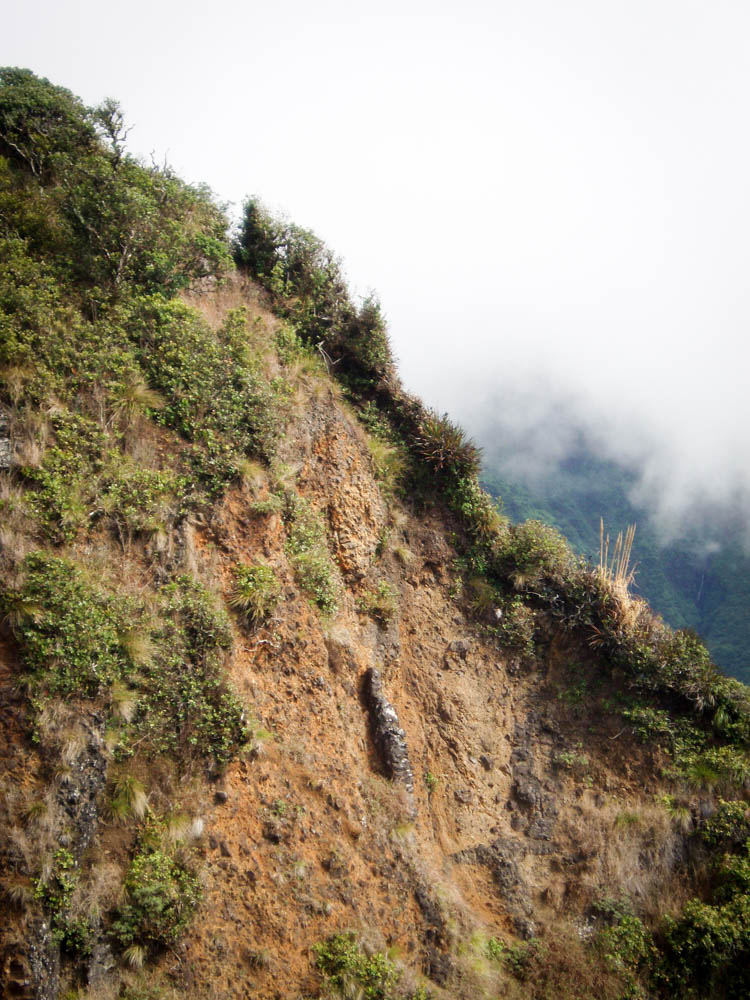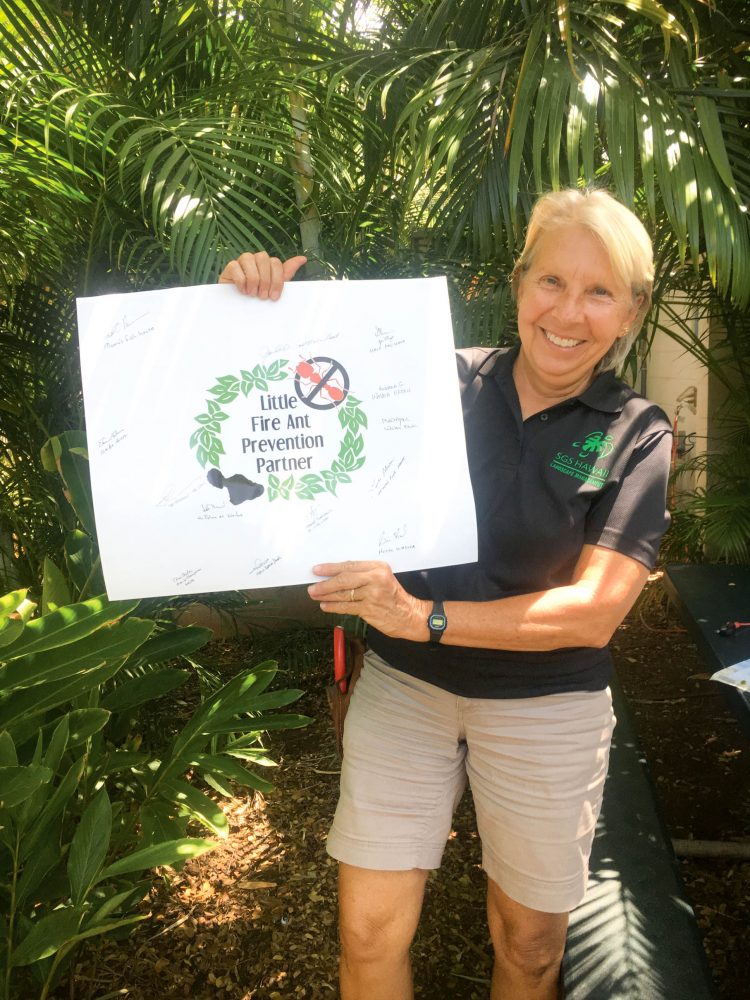An infestation of little fire ants (LFA) has been detected at an area known as Twin Falls, in Huelo, East…
Read More
Perils of pampas on West Maui Mountains
With plumes that bring to mind ostrich feathers, pampas grass first became popular in the Victorian era. Fluffy seed heads…
Read More
Finding pests early helps to protect unique places like Lānaʻi
If you travel between the Hawaiian Islands you know that each Island is unique, in traditions and food, expressions and…
Read More
Know a landscaper helping prevent the spread of invasive species? Nominate him/her for the 2019 Mālama i ka ʻĀina Award
Nominations are now being accepted to honor invasive species prevention efforts within Maui County. The Malama i ka Aina Award…
Read More
Hotels and resorts partner in effort to eradicate LFA
Across Maui, there are hundreds of people already looking for small pests every day but they aren’t state inspectors or…
Read More





